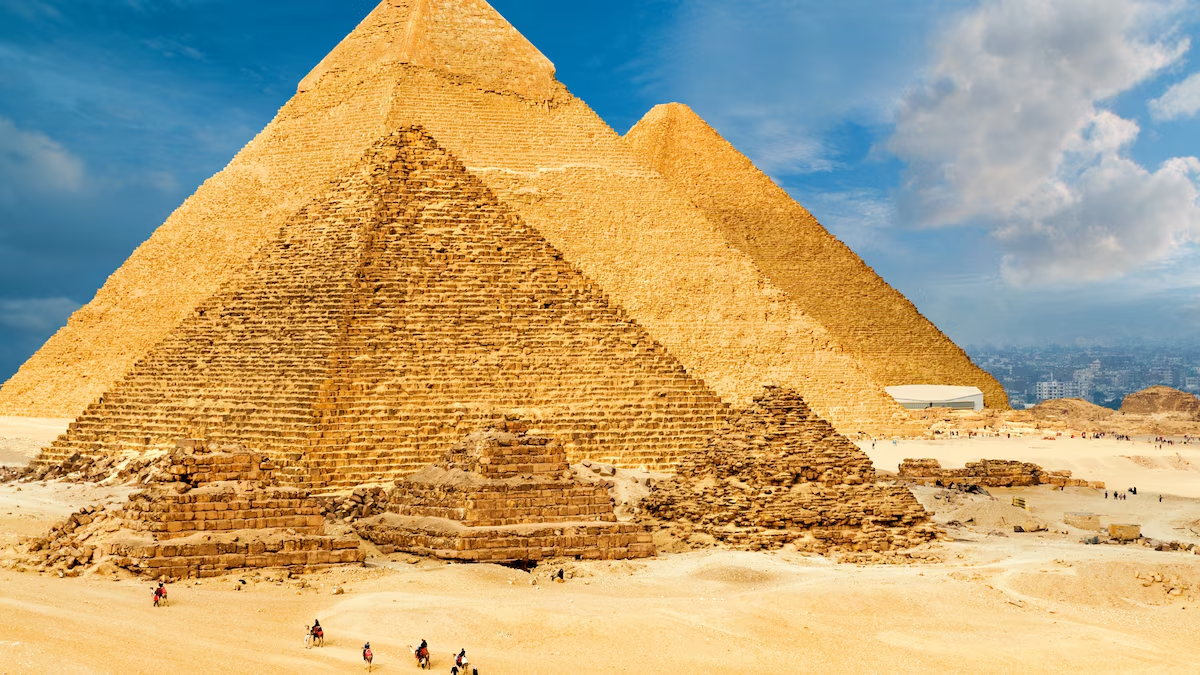A Groundbreaking Discovery
A remarkable finding regarding an ancient branch of the River Nile could finally explain how Egypt’s pyramids were constructed thousands of years ago. Researchers believe that this long-dried waterway once ran through Giza, serving as a crucial transportation route for the materials used in building the iconic structures.
The presence of this waterway may also clarify why so many pyramids were clustered in this specific region of Cairo. The river’s proximity would have provided the necessary infrastructure to support the transport of massive stone blocks, facilitating the construction of these monumental edifices.
Unveiling an Ancient Waterway
The discovery was made by Dr. Eman Ghoneim, who utilized radar satellite data to analyze the Nile Valley. Her research revealed an extensive network of hidden information beneath the surface, shedding new light on ancient Egyptian engineering techniques. Presenting her findings at the 13th Congress of Egyptologists, Ghoneim described the waterway as a significant branch of the Nile, potentially stretching over vast distances.
According to Ghoneim, "The branch was not small; in some areas, it was nearly half a kilometer wide—comparable to the modern Nile's width." This dried-up waterway, now known as the Ahramat Branch, once extended from Giza to Faiyum and astonishingly passed through 38 different pyramid sites.
Did the Nile Aid in Pyramid Construction?
Despite this discovery, researchers still lack definitive proof that the Ahramat Branch was active during the Old and Middle Kingdoms, around 4,700 years ago. Without confirmation of its existence at the time, the theory that water transport played a role in pyramid construction remains unverified.
However, one compelling clue supports this idea: the pyramids are situated precisely along the banks of this ancient waterway. Ghoneim suggests that these structures may have functioned as "valley temples," which could have doubled as ancient ports, allowing builders to move heavy materials more efficiently.
Unlocking Egypt’s Hidden Past
Beyond solving the mystery of the pyramids, this research could also help rediscover lost aspects of ancient Egyptian civilization. As the Nile shifted over time, numerous settlements disappeared beneath layers of sediment, making it difficult to pinpoint their locations.
Ghoneim emphasizes this broader significance, stating, "As branches of the Nile vanished, entire cities and towns were buried and lost to history. This research might help us uncover them."
The findings not only provide a new perspective on how the pyramids were built but also open doors to uncovering more about Egypt’s rich and complex past.







